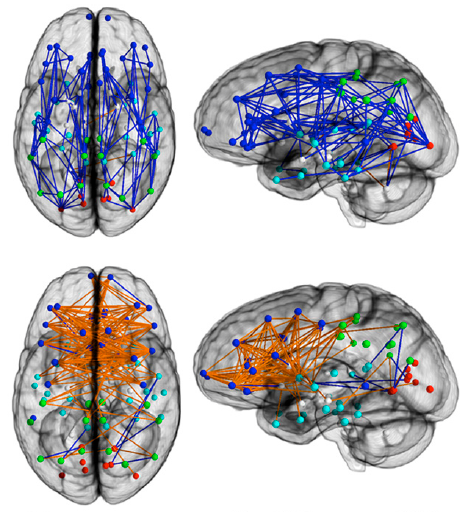Annals of Spectacularly Misleading Media
If you were scanning science-related stories in the mass media over the past 10 days or so, you saw some extraordinary news. A few examples:
"Scientists discover a ‘universal human language’".
"The hidden sound patterns that could overturn years of linguistic theory" ("In a surprising new study, researchers have uncovered powerful associations between sounds and meanings across thousands of unrelated languages").
"Global human language? Scientists find links between sound and meaning" ("A new linguistic study suggests that biology could play a role in the invention of human languages").
"In world's languages, scientists discover shared links between sound and meaning" ("Sifting through two-thirds of the world’s languages, scientists have discovered a strange pattern: Words with the same meanings in different languages often seem to share the same sounds").
"Words with same meanings in different languages often seem to share same sounds" ("After analyzing two-thirds of the languages worldwide, scientists have noticed an odd pattern. They have found that the words with same meaning in different languages often apparently have the same sounds").
"Unrelated Languages Often Use Same Sounds for Common Objects and Ideas, Research Finds".
"Researchers Find the Sounds We Build Words From Have Built-In Meanings".
"WORLD LANGUAGES HAVE A COMMON ANCESTOR".
The trouble is, many of these reports are complete nonsense: no one "discovered a universal human language" or "overturned years of linguistic theory" or showed that "world languages have a common ancestor" or demonstrated that "the sounds we build words from have built-in meanings". And other stories simply trumpet as news something that has been known, argued, or assumed for millennia: "biology could play a role in the invention of human language", "words with the same meaning in different languages often have the same sounds", etc.) There may be a story out there that soberly presents the actual content and significance of the research — but if so, I haven't found it.
How did this happen? It seems to be the same old sad tale. Science writers, in search of sensational headlines and lacking adequate background to read and evaluate actual scientific papers, re-wrote wildly irresponsible press releases. And as usual, it's not clear how complicit the scientists were, but there's little evidence that they tried very hard to tone down the hoopla.
Read the rest of this entry »
